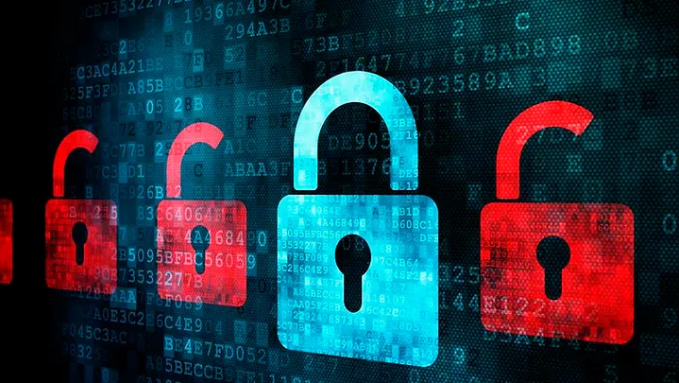On August 13th 2024 NIST published the standards FIPS 203 (Kyber), FIPS 204 (Dilithium) and FIPS 205 (SPHINCS+) which are all quantum resistant algorithms that will soon replace those currently in use. The Kyber standard is a key encapsulation scheme which uses public key enabling and will replace the Diffie Hellman exchange. Dilithium and SPHINCS+ …
Continue reading “Post Quantum Cryptography: Kyber for Dummies”





